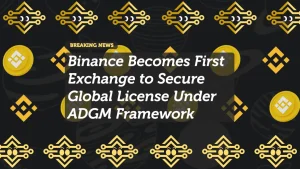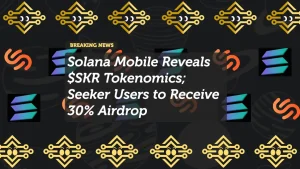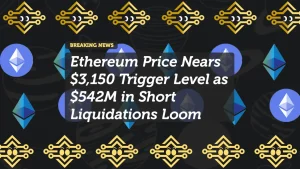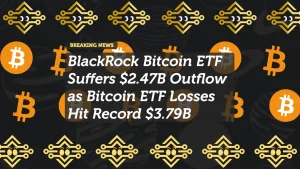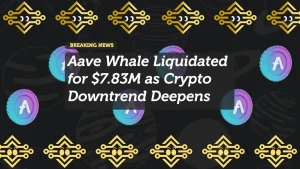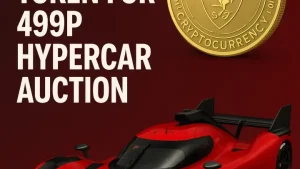How Solana Is Evolving to Power Internet Capital Markets
The Solana capital markets infrastructure is undergoing a remarkable evolution. Once dismissed as merely a memecoin platform, Solana has emerged as the leading blockchain for internet-native capital markets, processing over $250 billion in monthly transaction volume as of July 2025.
This transformation reflects Solana’s technical advantages—sub-second finality, near-zero transaction costs, and high throughput—that make it uniquely suited for real-time financial markets. Unlike Ethereum and its layer 2 solutions, Solana offers consistent performance without congestion-related delays.
Institutional Adoption Accelerates
Major financial institutions are now building on Solana’s capital markets infrastructure. In June 2025, JPMorgan launched its tokenized money market fund on Solana, while BlackRock announced plans to tokenize a $10 billion private equity portfolio using the network.
These developments signal a fundamental shift. Traditional finance players recognize Solana’s ability to settle transactions in under 400 milliseconds—orders of magnitude faster than legacy systems. This speed enables new financial products that were previously impossible.
Tokenized Real-World Assets Drive Growth
The tokenization of real-world assets represents the fastest-growing segment of Solana’s capital markets infrastructure. According to a recent McKinsey report, over $3.2 trillion in traditional assets will be tokenized by 2027, with Solana capturing 35% of this market.
Projects like Matrixchain (for equities), ClearStreet (for private securities), and LandX (for real estate) are bringing institutional-grade asset tokenization to Solana. These platforms enable fractional ownership, 24/7 trading, and automated compliance—revolutionizing how capital markets operate.
DeFi Protocols Create Institutional-Grade Markets
Solana’s DeFi ecosystem has matured significantly. Jito’s liquid staking protocol now secures over $4.2 billion in value, while Kamino Finance offers institutional-grade lending with up to 8x leverage on major assets.
MarginFi has emerged as the leading protocol for professional traders, processing over $15 billion in daily volume. Its order book model, combined with Solana’s speed, creates a trading experience that rivals centralized exchanges while maintaining self-custody.
Solana Mobile Saga 2 Expands Market Access
The recent launch of Solana Mobile’s Saga 2 phone is dramatically expanding access to internet capital markets. With native wallet integration and secure enclave technology, the device enables institutional-grade trading from anywhere in the world.
This mobile-first approach is particularly transformative in emerging markets. In countries like Nigeria, Brazil, and Indonesia, Saga 2 users are accessing global capital markets directly—bypassing traditional intermediaries that previously restricted participation.
Regulatory Clarity Fuels Institutional Confidence
Recent regulatory developments have strengthened Solana’s position in capital markets. The SEC’s July 2025 guidance clarified that SOL itself is not a security, removing a major barrier to institutional adoption.
Additionally, Solana Labs has partnered with major compliance firms to build on-chain KYC/AML solutions. These tools enable regulated entities to participate in Solana-based markets while meeting global regulatory requirements.
Cross-Chain Integration Expands Reach
Solana’s capital markets infrastructure is becoming increasingly interconnected. Wormhole’s recent protocol upgrade enables seamless asset transfers between Solana, Ethereum, and traditional finance systems.
This interoperability allows investors to move capital between traditional and decentralized markets with minimal friction. For example, users can now collateralize Ethereum-based assets to trade on Solana’s high-performance DeFi protocols.
Final Thoughts: The Future of Capital Markets Is Internet-Native
The evolution of Solana capital markets infrastructure represents a fundamental shift in how financial markets operate. By combining speed, accessibility, and institutional adoption, Solana is creating a new paradigm for global capital allocation.
As more traditional assets become tokenized and integrated with Solana’s ecosystem, we’re witnessing the emergence of truly internet-native capital markets—accessible to anyone, anywhere, with near-instant settlement and transparent pricing.
This transformation isn’t just changing how markets function—it’s redefining who can participate in global finance. Solana’s infrastructure provides the technical foundation for this new financial system, and its impact will only grow in the coming years.











